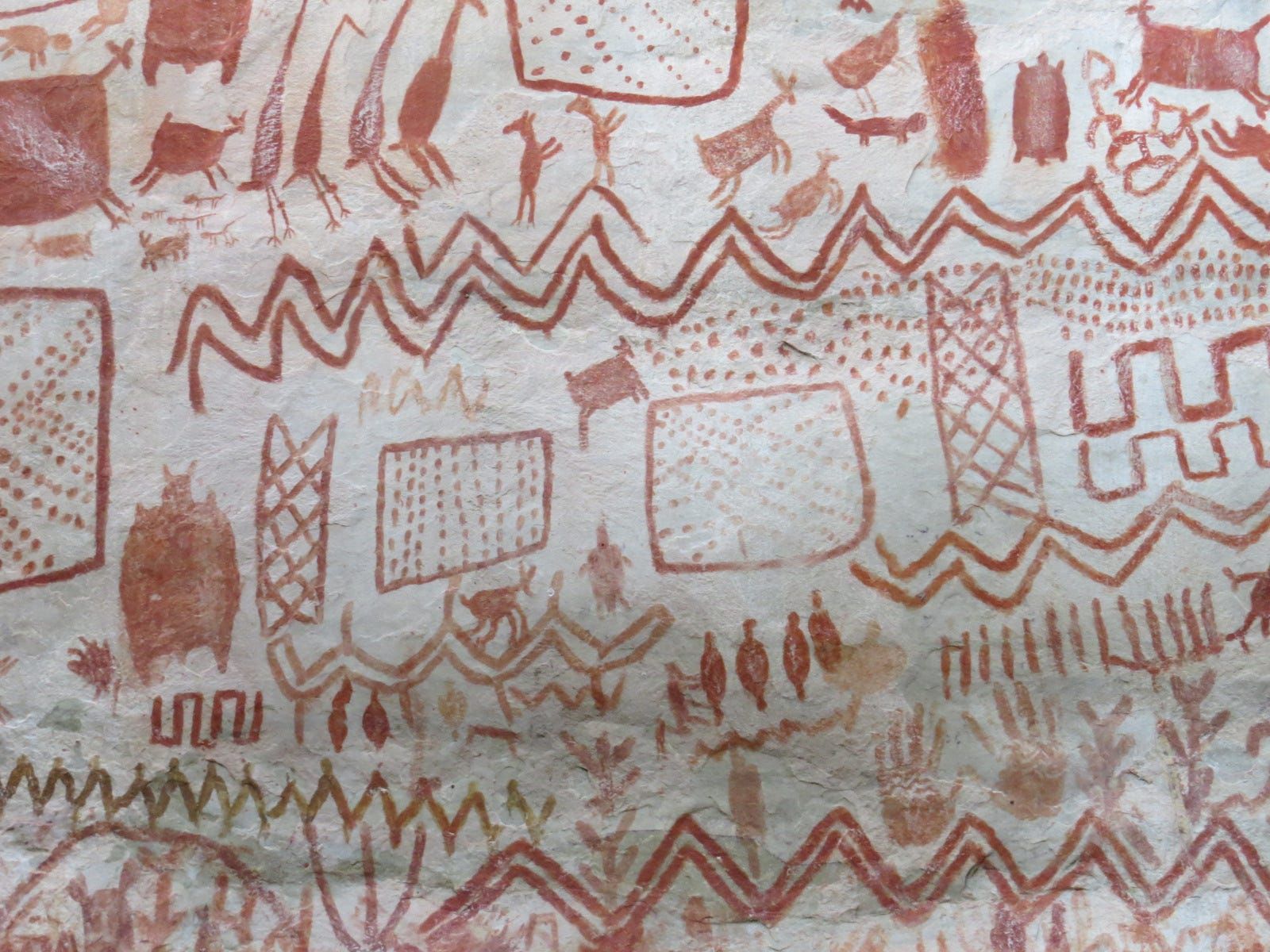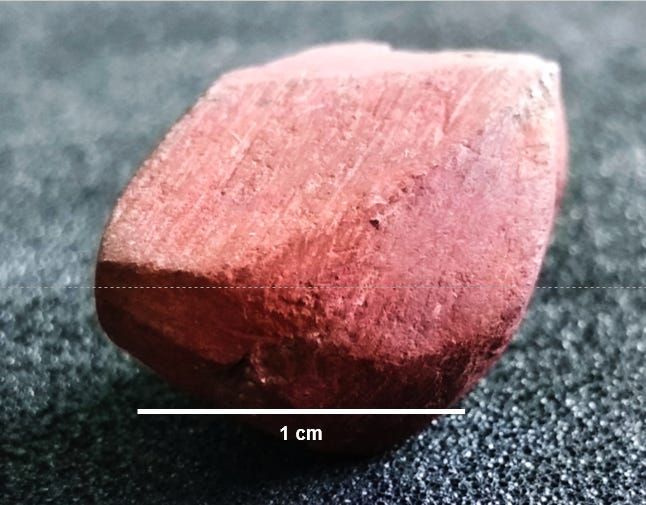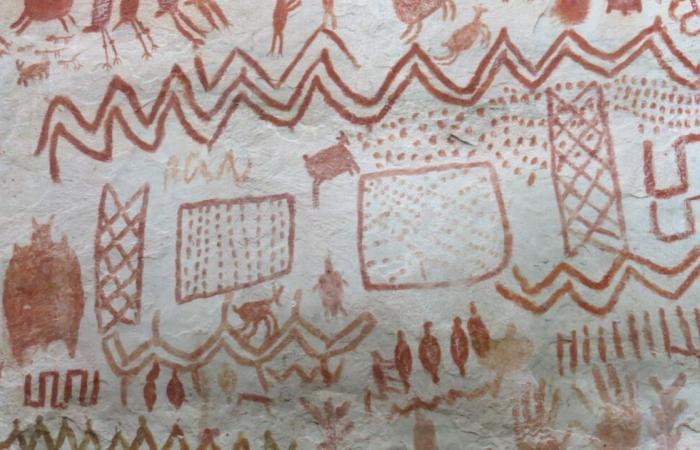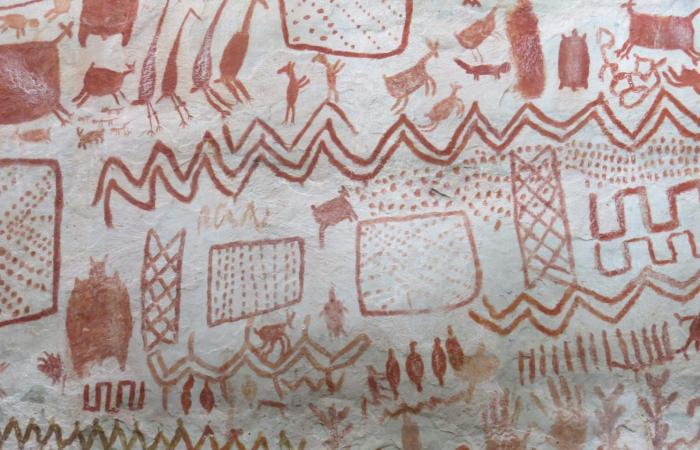- Researchers have discovered thousands of designs adorning three rock shelters in the Colombian Amazon.
- The designs cover over 2.5 miles of rock and are at least 11,800 years old.
- They represent an ancient hunter-gatherer society that lived at the end of the Ice Age, with scenes of humans hunting behemoths and images of other extinct animals like Ice Age horses.
- Visit the Business Insider homepage for more stories.
Over 12,000 years ago, near the end of the Ice Age, humans hunted mastodons: ancient mammals that looked like a cross between mammoths and elephants. But by around 11600 BCE, humans had probably killed many behemoths.
At least, that’s the main theory among many paleontologists. A recent discovery reinforces it: researchers recently discovered thousands of drawings of an Ice Age tribe, hidden deep in the Amazon rainforest.
The designs are spread over three rock shelters in the Colombian region of Serranía La Lindosa. They were first painted 12,600 to 11,800 years ago. The largest shelter alone, Cerro Azul, has designs covering more than 2.5 miles of its surface. The images show some of South America’s earliest inhabitants and their interactions with Ice Age animals, including giant sloths, ancient llamas, and Ice Age horses.
Some designs, like the one below, even represent what experts think are mastodon hunts.
Jeison Lenis Chaparro-Cárdenas
Thousands of ancient and remarkably detailed images
Many images show unusual levels of detail for this ancient art, according to José Iriarte, professor of archeology at the University of Exeter and leader of the team that made the discovery.
“The Ice Age horse had a wild, heavy face,” Iriarte told The Guardian. “It’s so detailed that you can even see the horse’s hair. It’s fascinating. ”
Researchers published a study of the three sites in April in the journal Quaternary International. But on Monday, the University of Exeter released a statement containing information about the discovery to coincide with the sites’ coverage in an episode of “Jungle Mystery: Lost Kingdoms of the Amazon,” a documentary series that will air in the UK. Uni from Saturday.
Mark Robinson, an environmental archaeologist at the University of Exeter and co-author of the April study, said in a statement that the people who produced these paintings likely settled in South America around a time of ” extreme climate change ”. The ice age was coming to an end.
Jeison Lenis Chaparro-Cárdenas
“The Amazon was still transforming into the rainforest that we recognize today,” he said. “The paintings provide a vibrant and exciting glimpse into the life of these communities. It is incredible for us today to think that they lived among and hunted giant herbivores, some of which were the size of a small car. ”
The paintings are so vast and numerous that they will likely take many years to study in depth. Additionally, Jeison Lenis Chaparro-Cárdenas, an anthropologist at the National University of Colombia and a member of the research team, told Business Insider that “the vast majority” of the cliffs in the region have yet to be fully explored. .
A closer look at the life of prehistoric Amazonians

Jeison Lenis Chaparro-Cárdenas
In addition to the ancient megafauna, the cliff and cave designs depict alligators, tapirs, monkeys, turtles, snakes, and porcupines. They also include geometric shapes, as well as everyday scenes showing people hunting and interacting with plants and trees.
“There are a lot of things and moments of excitement and wonder,” said Chaparro-Cárdena. He added that most of the images revolved around a common theme: “the majesty of nature that surrounded them and with which they interacted in their daily lives.”

Jose Iriarte
The team carried out excavations of the ground around the rock art sites to find clues as to how the locals scraped the clay to extract the ocher, a pigment they used to make the designs.
These investigations revealed animal remains likely eaten by ancient peoples, including piranhas, turtles, armadillos and capybaras, according to Chaparro-Cárdenas. Modern inhabitants of the Amazon rainforest still eat many animals found at the sites.
“This shows a wide variety of resources that have been used by the people of the Amazon for over 12,000 years,” said Chaparro-Cárdenas.
A perilous journey that is worth it
The team began surveying the area in 2014, two years before the FARC concluded a peace treaty with the Colombian government. The region of Serranía La Lindosa falls under FARC territory, and entering safely still requires careful negotiations with the guerrilla group, according to The Guardian.
The region also presents many natural risks. Snakes and poisonous caimans inhabit the area, which is an hour’s drive from the nearest town.
At one point, a large poisonous bush snake blocked the search party’s path. They must have walked around, knowing they were far from any hospital, as the Guardian reported.
“You are in the middle of nowhere,” Ella Al-Shamahi, an archaeologist who worked with the team on the upcoming documentary, told The Guardian. But she added that braving the dangers was worth “100%”.
These were the details of the news Over 4 km of cliff paintings hidden in the Amazon rainforest... for this day. We hope that we have succeeded by giving you the full details and information. To follow all our news, you can subscribe to the alerts system or to one of our different systems to provide you with all that is new.
It is also worth noting that the original news has been published and is available at fr24news and the editorial team at AlKhaleej Today has confirmed it and it has been modified, and it may have been completely transferred or quoted from it and you can read and follow this news from its main source.



